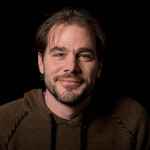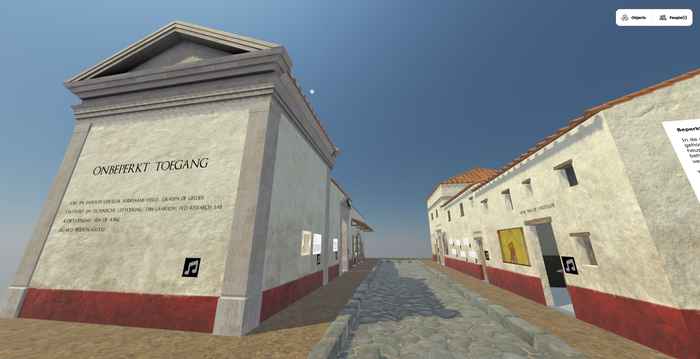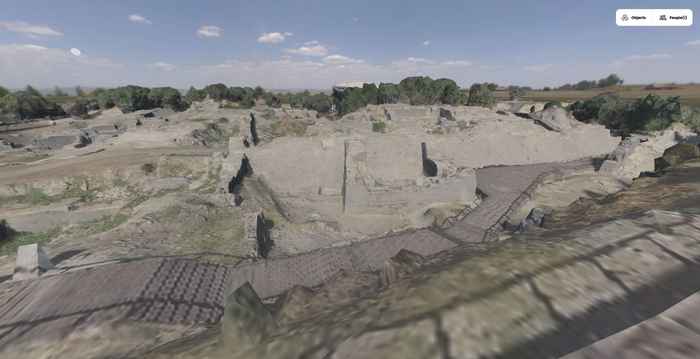Virtual Reality as a means to improve education
18 May 2022
During the corona pandemic, the 4D Research Lab started experimenting with Mozilla Hubs: new software with which you can set up VR environments fairly easily and which are also easily accessible with most computers. Initially, this made virtual and online access to seventeenth-century Vlooienburg in Amsterdam possible. This was so well received that more experiments with the technology were carried out. For the Classics Week, for example, a virtual tour of Troy was organised at Allard Pierson, during which visitors were shown around the site, where virtual signs with information had been set up.
Via a grassroots application, this eventually resulted in the website www.virtualpastplaces.eu, in a sense a virtual campus for the UvA. On the site, tiles lead you to virtual excavations in Italy and Troy, and along reconstructions of Vlooienburg and an imaginary Roman street. By default, two people can enter at the same time, but this can be extended. In October 2021, an educational pilot was conducted in which the website was temporarily opened to thirty students, who entered in groups. 'We really wanted to implement it as a serious educational component for the course What is Archaeology,' says Jitte Waagen, archaeologist and researcher at the 4D Research Lab. The students were virtually sent to the excavation in Italy, where they had to answer a number of questions.

We started experimenting with VR during the corona pandemic, but soon realised its great potential.Jitte Waagen
According to Waagen, VR has two added values. Firstly, it is unfeasible for students to go all the way to Italy for an introductory course, and secondly, such an excavation is often only accessible for a few weeks a year. With VR, you bring the excavation to us, and it is always available. In addition, VR is much more insightful than photos or maps in a number of areas: scale and space are easier to estimate, for example. Materials are clearer and more precise, and everything can be viewed from multiple perspectives. The pilot project was a resounding success. Waagen: 'Students really enjoyed it and the assignments were carried out well. We realised that this has great potential.'
It was decided to respond to the call for the incentive scheme with the goal of developing VR applications for the Faculty of Humanities and ACASA, the centre in which the UvA collaborates with the VU in the fields of archaeology, ancient sciences and classical languages. The project team has set itself the goal of developing five attractive VR components for existing courses. Possibilities are to develop a VR for the course Giving the Unheard a Voice. Archaeology as a Multifocal Discipline, in which students can create a museum exhibition based on a theme of their own choosing, with the learning objective of acquiring knowledge and experience with museum presentation and (disputed) perspectives on the past. Or an expansion of the VR environment for the subject What is Archaeology, in which insight into the relationship between theory, methodology and practice can be promoted by, for instance, having first-year students visit the virtual excavation together with senior students and share experiences.
The project is not only directed at students of the ACASA programmes, but also at other bachelor students of the humanities, in particular (ancient) history and art history. In addition, teachers who want to get started with VR are part of the target group.


